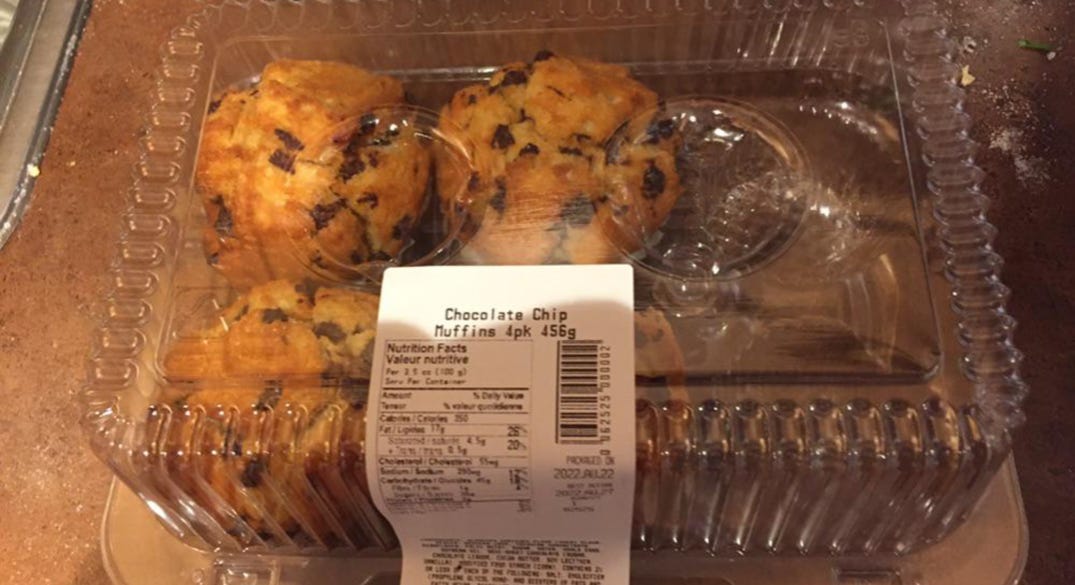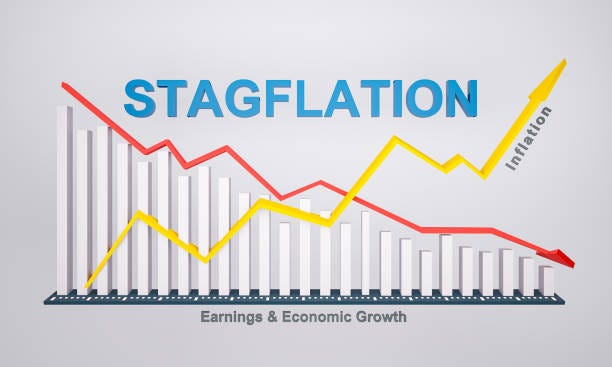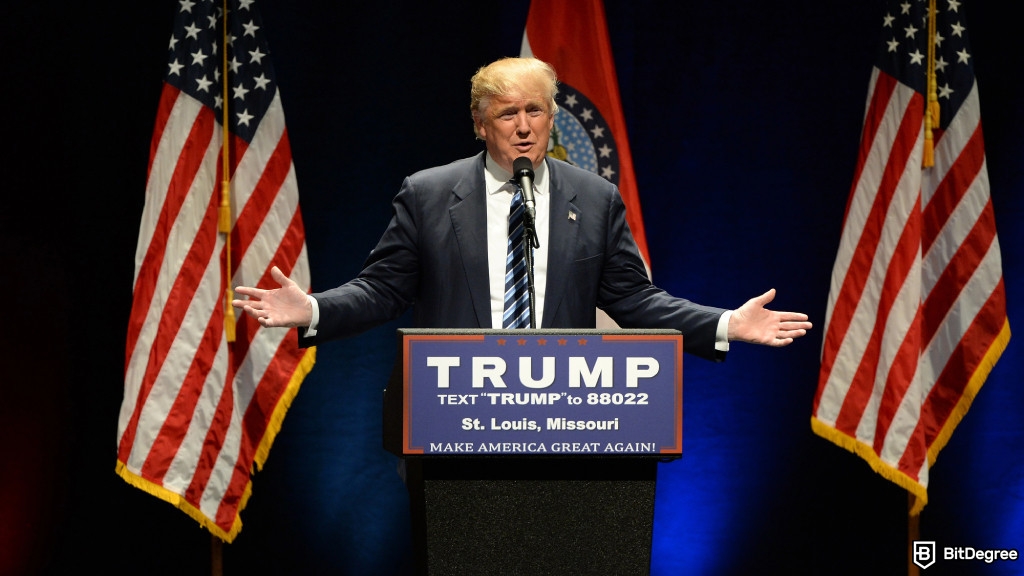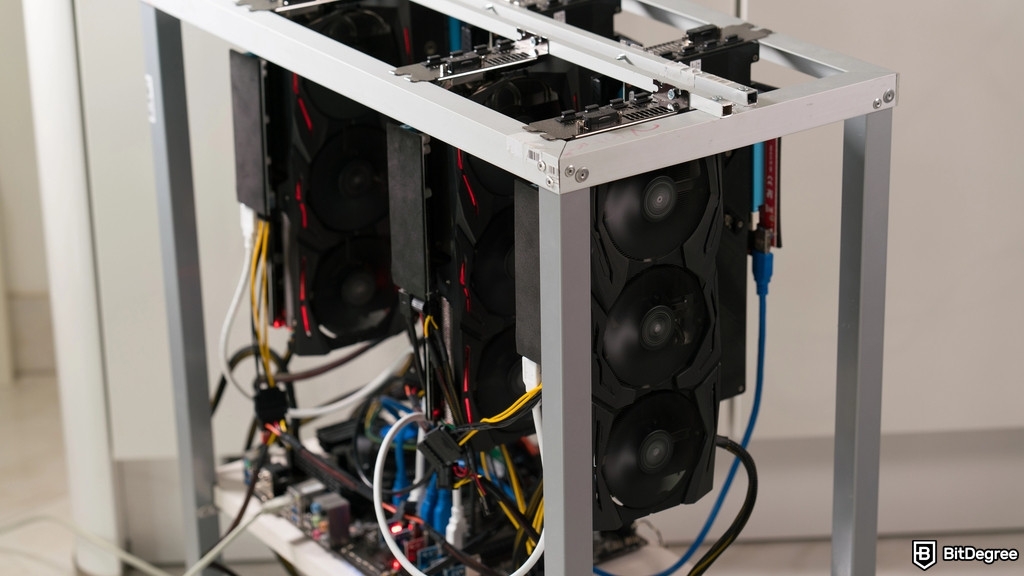Also, can we stop adding “flation” to everything?
GREEDFLATION
A head of cabbage recently cost me $8.12. As I don’t usually buy cabbage, I wondered whether the grocer had jacked up the price, before remembering the cost of farm products have increased.
My purple head of cabbage is a reflection of its increased production cost, not an instance of price-gouging.

Greedflation as a concept is currently under debate. Oil is often looked at as an example of price-gouging, and it certainly feels that way at the pump. Yet its sky-high costs have a complex set of causes.
A couple of days ago, I stopped at a hole-in-the-wall convenience store. I bought two bags of Kettle Chips (honey dijon and yogurt & green onion, if you’re interested). The cost? $7.50 a bag.
So, what is greedflation?
FOURTEEN DOLLARS for two bags of chips.
Against my better judgment, I paid it, lamenting that inflation had reached my favourite salty snack.
It wasn’t until I went to Safeway and saw them on sale for $3 a bag that I understood the magnitude of my misfortune. The storeowner inflated his price for those delicious chips by more than 100%.
Bottom line: Greedflation is raising the price of a product beyond reasonable measure, knowing the consumer will pay it.
Need a refresher on understanding inflation? Read this.
SHRINKFLATION
Last week I bought Tide detergent in a noticeably smaller container. I assumed they had introduced a new budget option, but its price sticker cost the same as the larger one I always buy.
TikTok has 260 million views of videos dedicated to shrinkflation. Whether it’s laundry detergent or your favourite bag of chips, you’re getting less for what you pay for.
While one TikToker has a great visual demonstration of his oatmeal shrinkage, my personal favourite is this picture of a muffin four pack, priced the same as a six and even in the same container.
What is Shrinkflation? Look below.

Companies are worried that if they raise prices to meet their increased costs, consumers will go to a different brand. So conglomerates are trying to sneak one in on you, but they are beginning to lose their subtlety.
Bottom line: In a perfect world, PepsiCo might simply accept lower profit margins. But in capitalism, the goal isn’t simply to make money, but to make more money.
STAGFLATION
“We now have the worst of both worlds — not just inflation on the one side or stagnation on the other, but both of them together. We have a sort of ‘stagflation’ situation. And history, in modern terms, is indeed being made.”
This was said by Iain Macleod, then British Chancellor of the Exchequer, in 1965, coining the term which would go on to describe the economy of the 1970s and 80s.
During that period, inflation would rise, only to soften and then rise again to new highs. It would fluctuate between a range but could not be manipulated back down by central banks.

What is Stagflation? Decreased economic demand paired with high unemployment and high inflation rates over a multi-year duration.
Between 1973 and 1982, inflation averaged 11.3%. After ’82, economists theorized these following causes:
- Supply shock — generally a massive surge in the price of oil. This slows economic growth and makes production more expensive and less profitable.
- Government policy — regulation that harms industry, in conjunction with a rapid increase of money supply.
- Price/wage spiral — a weakened dollar adds costs to production for commodities, so prices rise. Consumers belt tighten, demand wage increases, companies see profits diminish, and their workforce become more expensive, which leads to layoffs, decreasing employment, leading to contraction in the economy.
We are currently experiencing all three. The correlations between now and the stagflationary period of the 1970s and 80s are high.
Bottom line: Stagflation may be our future. While unemployment is currently low, many say its unsustainable in a troubled economy. While the Fed is doing their best to curb inflation, they will likely raise interest rates a lot higher.







